Birth Month Flowers
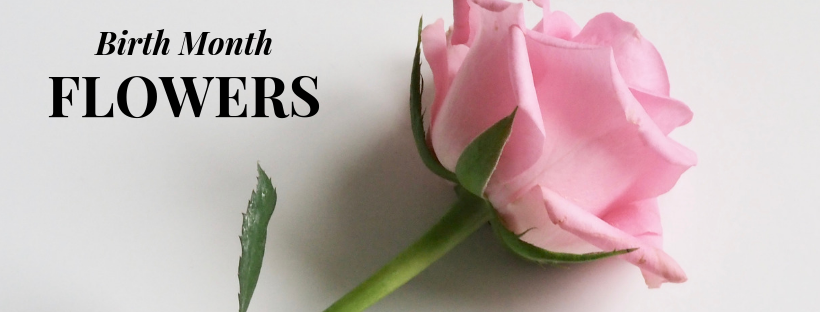
We have all heard of birth stones – you know – the gems or stones that are associated with a specific month. But did you know that there are also flowers linked with each month? This blog is quite simple – go to the month you were born to see its corresponding flower (and then check out all the other months, just for fun)!
We all have a birthday one day a year – unless you are a leap year baby! But wouldn’t it be enjoyable to have a planter or garden FULL of flowers that make you think of your birthday? That way you could celebrate all season long!
JANUARY – Carnation
Carnations come in a variety of different colors – so of course, those different colors have different meanings. Check out the Flower Experts blog with the full list of colors here but to name a few – pink means affection, red means “I love you”, and white means pure.
FEBRUARY – Iris and Violet
Irises are perennials that need lots of sunlight to grow. They attract butterflies, hummingbirds and come in lots of stunning colors such as blue, purple, white, yellow, pink orange, red, and even brown.
There are hundreds of species of Violets in counties around the world. The most common species – blue violet – is found in the United States. Violets are known for their smell – if having a sweet-smelling flower is important to you – February guys and gals – keep Violets in mind!
MARCH – Daffodil
Daffodils are bright colored flowers that bloom in the Spring. They need partly or full sun exposure and are a hardy perennial flower making them an ideal, long lasting, plant.
APRIL – Daisy and Sweet Pea
Daisies are also perennials and need full sun exposure. They also need to be well watered and like most plants – grow the best in a well manicure lawn.
Sweat peas can be found in blue, pink, purple, red, white or yellow colors! What a fun way to say “happy birthday” all season long by seeing such bright colors in your garden. Sweet peas need full sun and bloom in the summer and fall months. For more history on the sweet pea check out this here article from the Farmer’s Almanac.
MAY – Lily of the Valley
Lily of the Valley looks dainty and beautiful, but it can be a tough and invasive plant that can also be harmful to animals and humans according to David Beaulieu. The botanical name is Convallaria majalis which translates to “May valley”- no wonder it is the flower for the month of May!
Read Beaulieu’s full article about this poisonous perennial here.
JUNE – Rose
Ah – the rose – the flower we associate Valentine’s day and “love” with. The flower that might seem simple to grow as it is on a bush but there are lots of guidelines to follow for sweet results. Roses bloom throughout the Spring, Summer and Fall months and can come in a variety of colors; orange, pink, red, white and yellow. Roses have a lovely scent to them and if you are a June baby – check out the article on the Farmer’s Almanac here for details on how to best grow roses.
JULY – Larkspur and Water Lily
Interestingly – larkspurs are simple plants, once the seeds are planted. However, to get them to grow from seedlings can be a difficult task. Larkspur seeds need to have a “cold period” before they start growing. Becca Badgett of Gardening Know How recommends chilling the seeds in the refrigerator, with some damp soil, for a two-week time period prior to planting them. (You can check out her full article here.) Fun fact about larkspurs; their different colors means different things – pink means fickleness, white means happy and purple means first love.
If you have ever visited Longwood Gardens you may have noticed their water lily display! Water lilies symbolize purity and majesty. Water lilies are commonly found in the water and they look stunning floating on top of a pond! They grow well in the shady, cool environment a pond provides.
AUGUST – Gladiolus
The gladiolus is a timeless perennial that does well in full sun exposure. They bloom during the summer months and can be found in an array of colors; orange, pink, white and yellow. They can grow to be between two and five feet tall and their height compliments well with other flowers in a garden.
SEPTEMBER – Aster
Asters resemble a daisy with their winged petals and bright colors. Asters bloom in the late summer and can grow well in either full or partly sunny areas. They are also a great plant if you have a rocky terrain. Fun fact about asters is they also attract butterflies and bees which is a great source of nectar for the late summer, early fall season.
OCTOBER – Marigold
Marigolds are the classic fall flower with lots of gold and warm tones. Fun fact about marigolds is that they deter rabbits from being in your flower garden as rabbits do not like the scent of the flower!
Marigolds are easy to grow and will bring color to your garden throughout the Spring, Summer and Fall. If you simply plant them where they get full sun exposure and water them at the base of the plant – you will have brass and copper tones to carry your garden right throughout the Fall months!
NOVEMBER – Chrysanthemum
When you think of Autumn and Thanksgiving, do you think of mums? We do! “Chrys” means golden and “anthemion” means flower – put it together and you have the golden Chrysanthemums we have grown to love. (Grown – get it? Ha!) Mums can be kept indoors or outdoors. And it is important to remember that they do not do well once the frost starts so if outdoors – it is then best to move them into a covered area. Mums come in array of colors and be the perfect addition to your fall décor!
DECEMBER – Holly
Holly represents happiness and what a better way to celebrate your Christmas birthday month then with some splashes of red and green against an otherwise dormant garden environment. Keep in mind that the female holly bushes are the ones that produce berries so make sure when purchasing your bush, you make it know if you want berries or not to the professional you are working with.
The best time to plant a holly bush is in the Spring or Fall – the higher chances of rainfall make the bush settle into its new garden. Add a little mulch to keep the bush moist and come December – you’ll have a festive plant ready to go for your birthday!
Did you enjoy reading about your birth month and flower? Did you already know what flower corresponds with your birth month?
Check out HGTV’s blog about birth month flowers here and the Farmer’s Almanac’s article here.
Would you love to have your birthday month flower in view all season long?
Give us a call (717-285-2750) and let us create a colorful garden or planter for you!

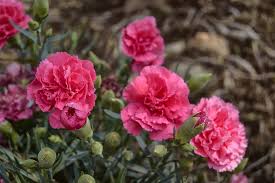

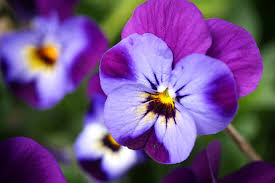
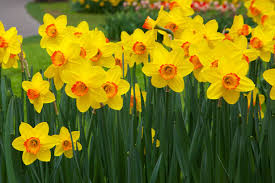

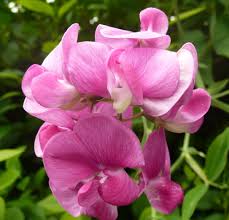
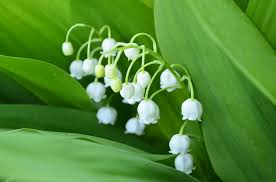


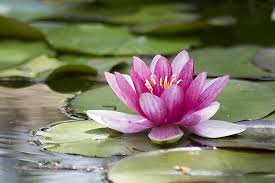
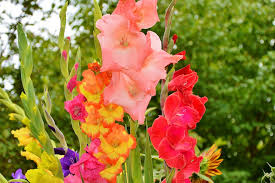

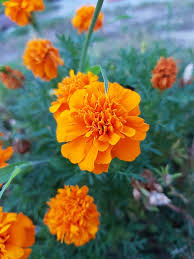

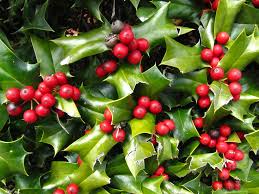
2 replies on “Birth Month Flowers”
I od0odnt see what flower is for what month???
Hi Jenn! The month & the corresponding flowers are above the pictures! We hope that helps & you enjoy reading about the flowers that go with your birth month!